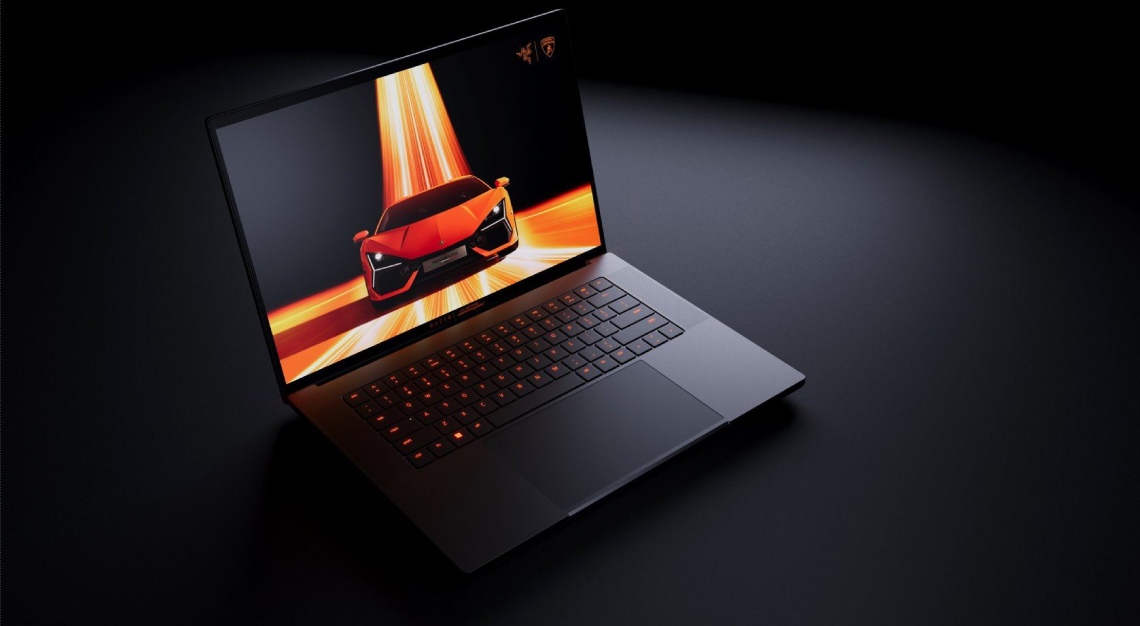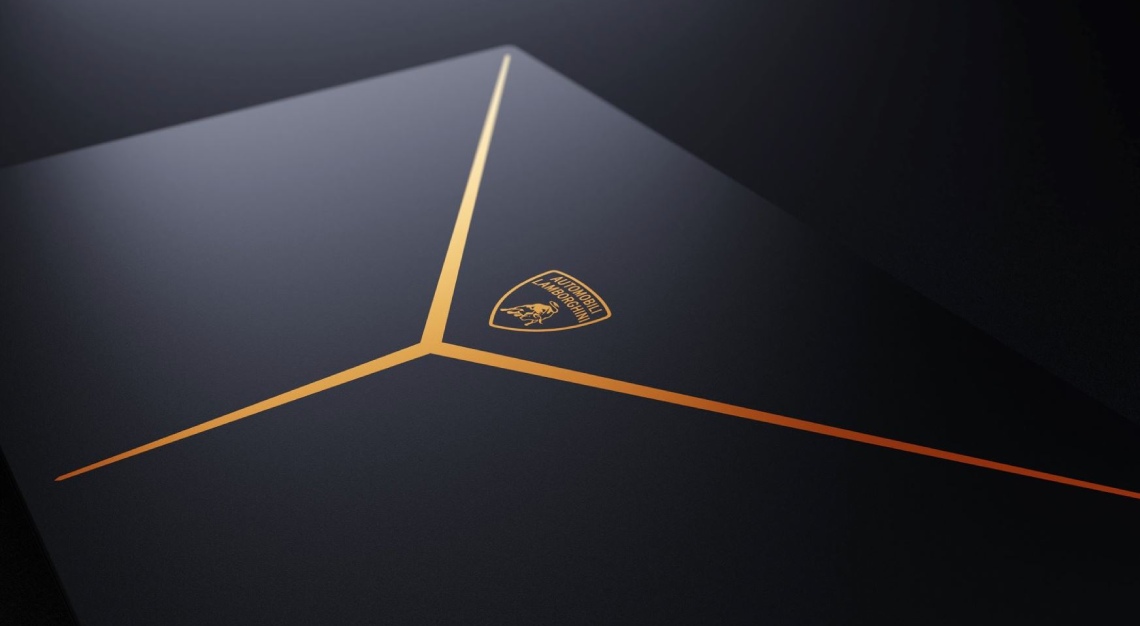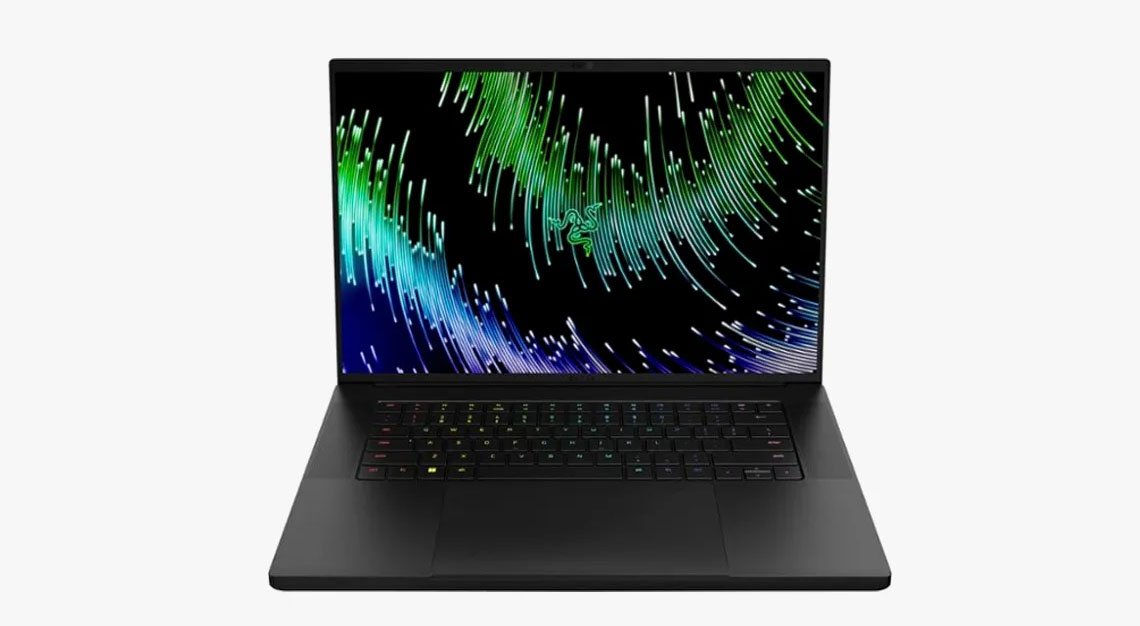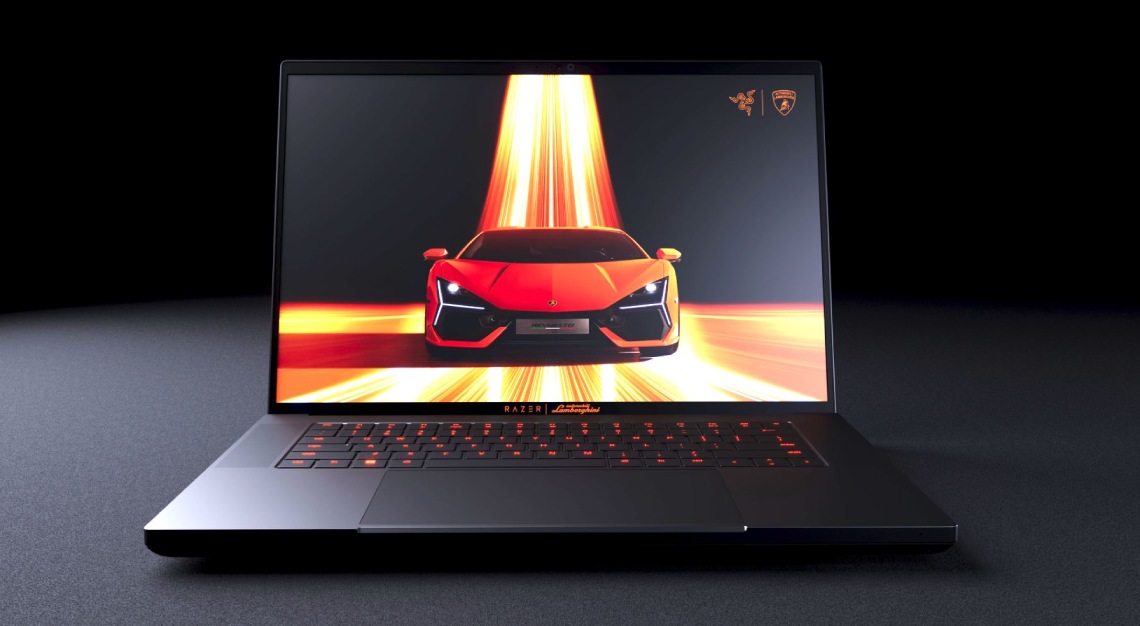Supercar speed and beautiful detailing turn the Razer Blade 16 from a gamer’s delight to an objet d’art
Performance laptop computers in the early aughts were just as problematic as Italian supercars. Their extreme power and addictive speed could outrun everything—until they quit. Shoddy thermal engineering trapped so much heat within their frames they’d melt their components or burn someone’s skin. We laud a Lamborghini Countach today, while conveniently omitting this little flaw.
I’ve been sceptical of desktop replacements—the fastest, heaviest, and most expensive laptops—since my Dell Inspiron 5150 died after I graduated college. It was explosively fast in Photoshop, Illustrator, Flash, and the 122 Firefox tabs I could never close. In many late-night gaming sessions in the depths of winter in a leaky old Boston brownstone, the Dell doubled as a space heater. I figured the screaming fans and toasty keyboard were normal, so long as the vents were clear and clean. I assumed PC manufacturers knew more than a journalism major did about thermodynamics. That was 2003, and they did not.
Dell decided to power my laptop with the equivalent of a Murcielago V-12—a Pentium 4 processor pulled out of a desktop—and crammed it next to a huge battery and other hot parts in a plastic case. Desktops have open space and generous airflow so they rarely overheat. Laptops are very confined. Their processors draw a fraction of the power, hence running cooler and slower. Not mine. My dorm’s illegal George Foreman grill was safer.

As an automotive journalist, I’ve been equally on edge with Lamborghinis. I tested a 2015 Aventador that overheated its catalytic converter, blasted its radiator fans at every stop, and turned my parents’ garage into a pizza oven. They left the door open all evening and it never cooled. At this time, Lamborghinis would spit exhaust flames and randomly catch fire in traffic. Ferraris melted, too. “It’s not uncommon,” an Italian engineer told me when I asked if this was of any concern. That was it. That was his answer.
Now picture the Razer Blade 16 Automobili Lamborghini Edition showing up at my door. In late 2023, it’s the absolute fastest and most powerful laptop paired with the world’s zaniest, throw-it-all-to-the-wind supercar brand. Caution be damned—I had to start it up.
The specs demolish most desktops. The Intel i9-13950HX has 24 cores, 32 threads, and runs at 5.5 gigahertz or even higher with Razer’s overclock function. The GeForce RTX 4090 is Nvidia’s best with 16 gigabytes of dedicated memory. There’s another 32 gigabytes of DDR5 system memory. The screen is the first of its kind in the laptop world: A mini-LED panel that combines two displays in a single unit. Ordinary displays, including on the best MacBooks, have one native resolution tied to one maximum refresh rate. If you’re a graphic designer and love to game, you can’t do both. But not on this Razer Lambo—it can hit a blazing 240 hertz in HD or up to 120 hertz in the crispest, brightest 4K I’ve ever seen. It’s the best of all worlds.

Playing Forza Horizon 5 in 4K with every graphics setting to the max, the Blade tops 70 frames per second without a hitch. With the settings lowered to match my desktop (which has a Core i7-12700K and 10 gigabytes RTX 3080), the Blade speeds off at 100-plus, even with the most challenging graphics scenario (11 AI opponents in the pouring rain). My 4K desktop can’t do that.
Switching to Rising Storm 2: Vietnam, an older first-person team shooter, I opt for the display’s 240 hertz mode for the fastest response. The frame rate is off the charts. The display can’t show any more frames than its refresh rate, but the game indicates 260-plus. This is now Bugatti territory. The Blade’s load times, Wi-Fi 6 adaptor, and sub-three-millisecond screen latency are gold. It’s the same in 4K when I run the latest versions of Adobe Photoshop, Adobe Lightroom, and Topaz Photo AI, the latter of which is extremely taxing. Noise reduction and focus enhancement require raw power, and the Blade cuts through every photo by matching or beating the processing time on my desktop. My one gripe is the colour accuracy. Out of the box, it’s calibrated for the P3 gamut, but I found the colours were either oversaturated in HDR or too dull in SDR. Other displays calibrated for the Adobe RGB gamut are superior in this regard.
The build quality is excellent. The black chassis is CNC-milled from a single block of T6 aluminium. Unlike the carbon-fibre skin of the new Revuelto, the Blade’s body would disappear on a desk were it not for the Lamborghini badge and Y motif. They’re beautifully laser-etched in Arancio Apodis, the Revuelto’s launch colour that’s part of the Lamborghini Ad Personam range of exclusive paints. Even the USB ports are hand-painted in this exact shade, along with the webcam cover, the orange backlit keyboard, and the vapour chamber with the dual fans underneath. That’s right: Instead of plain air, the Blade uses liquid coolant that changes phase not unlike the compressor on an air conditioner.
But it’s still hot as hell when worked hard. Just like my old Dell, you’ll never place a Blade on your lap. In my tests, the topmost part of the base felt like a pot handle on a hot stove. I couldn’t keep a finger on it for more than a couple seconds. The loud fans never let up. And it guzzles electricity. The graphics card at full attack uses 175 watts—double the power of an average laptop. In total, the Blade can consume up to 330 watts. The battery is good for maybe nine hours, which is fine. An Aventador runs out of gas in less time.

Like a real Lamborghini, it’s limited and priced appropriately. Available on Razer.com and at select RazerStores exclusively in the USA, each of the 150 units costs US$5,000, or nearly double the starting price of a standard Blade 16. It’s US$600 more than a comparable 16-inch MacBook Pro. But the attention to detail on the Automobili Lamborghini Edition—hell, the packaging alone convinced me I bought the car—makes this laptop more than a branding exercise.
It’s a mighty machine even in an era when we take speed for granted. It’s convinced me that powerful laptops have overcome their faults and deserve to be flaunted. I only hope Lamborghini’s latest supercar has done the same.
This story was first published on Robb Report USA






